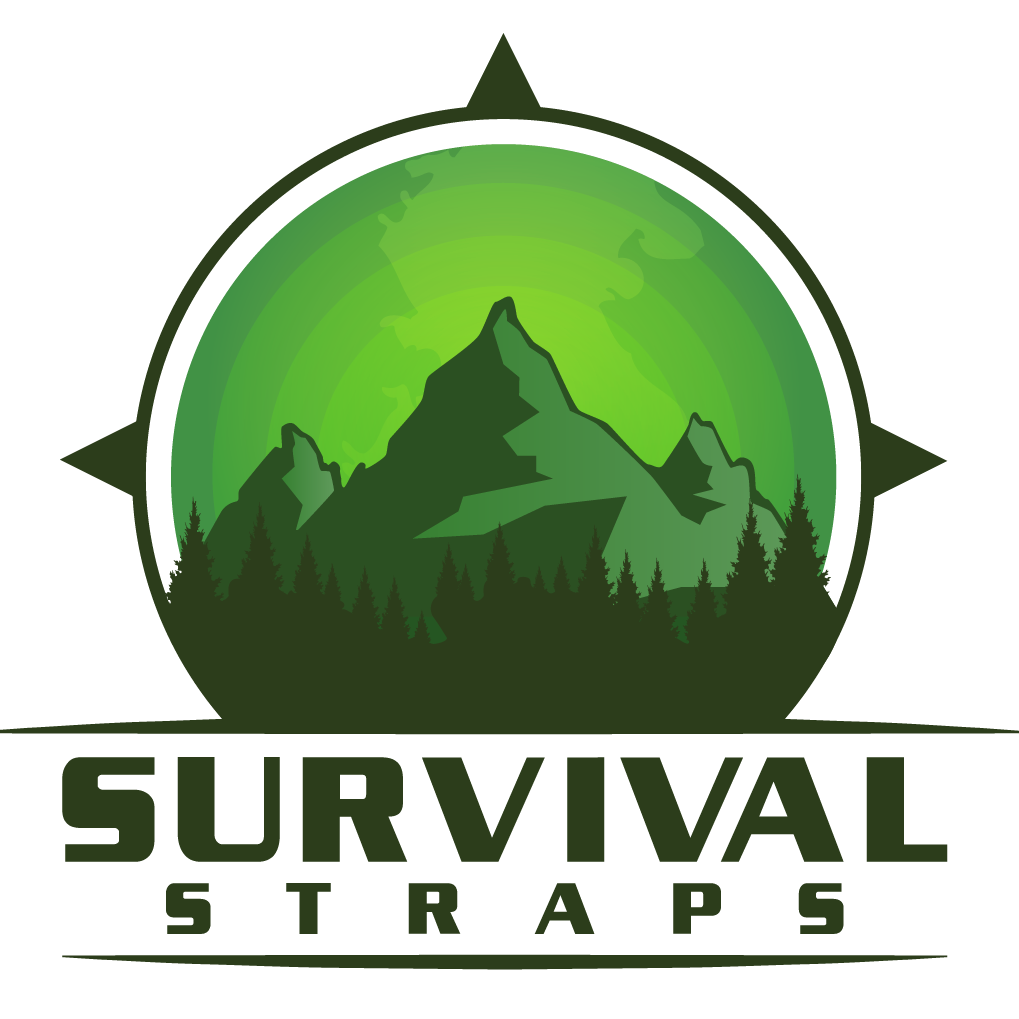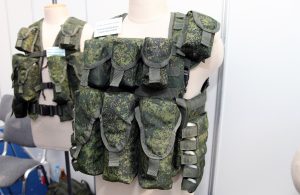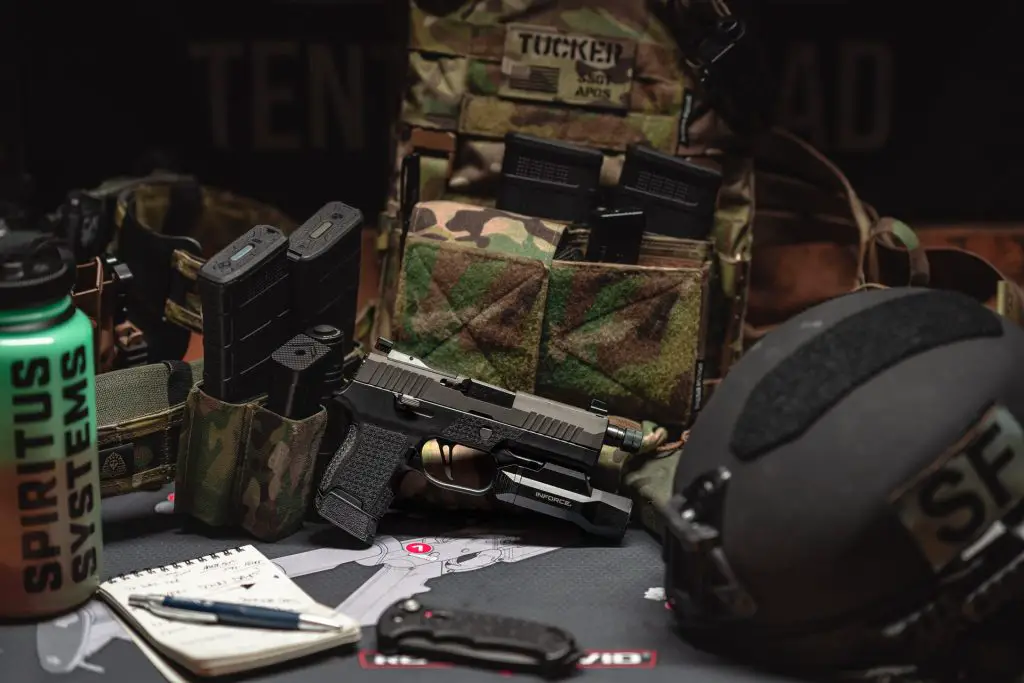Have you ever wondered what the tactical vest military men put on feels like? As expected, the vest is not ordinary, as it is modular in design with different features. The vest also called a Soldier Plate Carrier System (SPCS), is protective and useful. It is an ideal choice for people who deal with arms, i.e., gun enthusiasts and including survivalists.
A Plate Carrier is effective in combat, as it helps in the organization and storage of small arms. If you think you don’t need one – have you thought of protecting yourself from threats? Now that you know its usefulness for survival, how to set up a plate carrier is equally important.
How to Setup a Plate Carrier?
Getting a plate carrier that would aid your survival is one thing; the other thing is set up properly for excellent usage. Usually, there are a couple of kinds of stuff you pack into the vest – Magazines, Med Kits, and Simple Survival Gears are the most common.
How to Place Magazines?
For survivalists or individuals who take more interest in carrying firearms or rifles, Magazines are so important. Now that you have a plate carrier, there is so much ease in storing these magazines; however, you will need a little help on placement.
For Rifle Magazines
A few people know that rifle magazines are ideally placed in the front panel for easy accessibility and safety.
However, if you would like to try out other options, a belt battle’s 4 o’clock or 8 o’clock is acceptable. It would help if you made sure the magazines stay secured in their pouches not to get lost, especially when you are in an emergency.
Orientation
In the same vein, ensure that the orientation is accurate, i.e., the pouch cartridge first before securing.
Placement
For a rifle placement into a plate carrier, 6 mags are perfect; the 7th mag makes up for the rifle you are carrying. With a total number of 7 mags and cartridge capacity as an essential determinant, you get a chance to shoot 175 to 210 rounds.
Check out
| Top 10 Things You Need to Survive a Pandemic |
| Survival At Its Best: 20 Ways to Protect Yourself from Hackers |
| How to Bug Out Car? What Kit for Bugging Out with Your Vehicle? |
For Pistol Magazines
If your firearm is a pistol instead of a rifle, mag placement is equally crucial for you to know. Pistol Magazine Placements are not so difficult, even though it relies on your hand orientation for shooting.
After you must have loaded your pistol with a mag, spare pistol magazines can be held in either the left or right pouches of your plate carrier.
Another way to hold these mags is either in the battle belt’s 3 o’clock or 9 o’clock position. It is consequential that you follow these positionings for safety – most of the time, people get it all wrong. In total, pistol mags guarantee up to 255 rounds.
Learn about how you can effectively use plate carriers click HERE
How to Place Med Kits?
Packing mags into a plate carrier is not the only thing you can do; it would surprise you that medical kits are also acceptable. For individual first aid kits, like tourniquets, the vest is perfect. On many occasions, it has come in handy, especially when there is no medical help available.
Generally, medical kit placements are advisable in the battle belt’s rear position (i.e., 6 o’clock) or side panel. For instance, if you are carrying tourniquets, the perfect number is 4. Each tourniquet should be placed for easy accessibility across the different positions recommended.
How to Place Other Survival Gears?
As soon as you are done setting up mags and medical kits, it would be best if you also considered survival gears on a plate carrier. Below is a list of things you could add and how to place them in the vest.
Radio/Walkie-Talkie
In case of emergencies, communications are important. Mobile devices may be out of range in certain locations, so it is not advisable. As an alternative, UHF/VHF Radios and Walkie-Talkies are recommended. Knowing to handle these devices in a plate carrier is not a bad idea at all. Two great spots are the 3 and 4 o’clock positions based on the accessibility.
Flashlight
If you ever find yourself in a low-light condition, or say, the dark, you need a flashlight to get through. Flashlights are important survival gears that would help you find your way in the dark when you are lost. If you would like to add them to a plate carrier, the 7 o’clock position makes more sense.
Multi-Tool Knife
Firearms are not the only weapons you should take for a survival trip. Sometimes, you need something different – a multi-tool knife, for instance. On different occasions, the knife would come useful and easy access from your plate carrier is pertinent. In this case, the battle belt’s 8 o’clock position is perfect.
What are the Types of Plate Carriers?
Since you know what a plate carrier does, what needs to be added, and how to set up one, you should finally learn the different types available – there are currently two types depending on bulletproof qualities – Kevlar and Ballistic Plates.
Kevlar
A strong and heat-resistant synthetic fiber with lightweight and flexible fabric is a good description of Kevlar. This type of plate carrier, also called, Soft Armor helps in holding all sorts of firearms but is potentially known for its pistol bulletproof properties.
Ballistic Plates
A thicker and heavier choice of plate carriers made of Ceramic and Polyethelene Plates is the Ballistic Plates. It is also called a Hard Armor due to its bullet absorption potential. It is useful for carrying heavy rifles.
If you ever need to decide what to choose, you should consider the occasion and the firearms ready to be loaded. Most survivalists often opt for the Kevlar carrier plate since it is lightweight, flexible, and comfortable.
Check out our website for more content like this.
Conclusion
Sometimes, you don’t know how much you need something until you realize what it can do for you. Carrier plates are quite special, which is why you should know more about them. On how to set up plate carriers, this article has been liberating enough to give you different ways you could try. Lastly, you get to choose the perfect type available.
What is your perfect type tell us down below?



